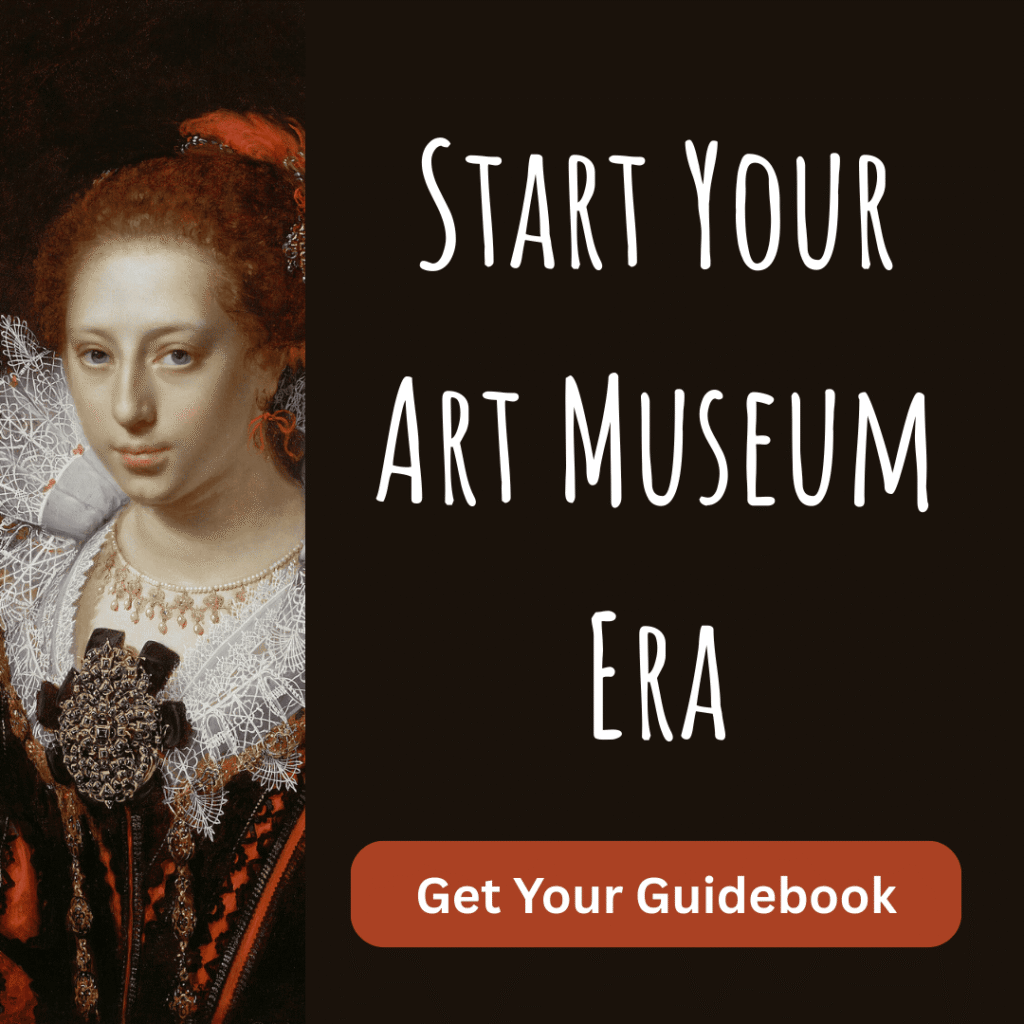This summer, everyone is talking about the Van Gogh’s Cypresses exhibition at the Metropolitan Museum of Art in New York. Just from the name Van Gogh, you know there are going to be huge crowds. Fortunately, however, I was recently able to get in to see the exhibition and had a really nice time. I’m not sure if all the hype is really justified, but I still recommend trying to see it before it ends in a week.
Van Gogh’s Cypresses
The theme of the exhibition is Van Gogh’s fixation with cypress trees, which appear in many of his late works. Apparently, cypresses are a major characteristic of the landscape in Provence in the south of France, where Van Gogh lived during the last few years of his life. The exhibition shows how the artist first began painting cypresses while living in Arles and then developed that theme while institutionalized in nearby Saint-Remy. Excerpts from letters to his brother Theo and others prove that this motif was a genuine source of fascination and artistic inspiration for him.
The show contains 44 objects, many on loan from museums in the Netherlands and elsewhere. It’s a substantial show, but not a massive one. Highlights include The Starry Night, Cypresses, and two versions of Wheat Field with Cypresses. However, it also includes plenty of other, less famous paintings that I enjoyed just as much, including Country Road in Provence by Night (a late work, it’s kind of a Starry Night/Cypresses crossover) and a trio of earlier paintings of orchards with cypresses in the background. I also loved the many drawings in the show.

Themes
Van Gogh’s Cypresses is very effective in showing how often Van Gogh depicted cypresses (more than I realized) and how they developed from background elements in the earlier landscapes to central visual and emotional focuses in his later paintings. This evolution was rapid, since the entire exhibition only spans about two years. It’s also a great opportunity to see a whole bunch of his most significant late paintings together, particularly the two different versions of Wheat Field with Cypresses. They look surprisingly different from one another when seen in person.
Big summer blockbusters can be difficult to actually enjoy, but this one has a few other things going for it that help. First of all, Van Gogh’s paintings read well from a distance. No matter how skillful the museum is at timing the flow of viewers through the exhibition space, there were still occasions when I had to look at a painting over someone’s head and from a distance. With Van Gogh, at least that kind of works. Secondly, the exhibition’s main points are relatively straightforward and accessible to viewers with varying levels of art knowledge. This was a wise choice on the curator’s part, since a crowded blockbuster is not conducive to reading lots of texts or following a complicated premise. If you do want to think more critically about the show’s main points, I recommend the 19-minute curator’s tour video, which presents a lot of the same information as the wall texts. I watched it after visiting the exhibition, but using it as a preview might be a better strategy.

Verdict
Van Gogh’s Cypresses is a nice exhibition that gives you a chance to see both famous and lesser-known Van Gogh paintings and to explore a theme in his oeuvre. However, like all blockbusters, the hype does exceed the reality somewhat. I enjoyed my visit and am glad I went, but it wouldn’t have been the end of the world if I had missed it. In my experience, the museum managed the crowds pretty well, letting in a reasonable number of visitors at a time. However, this is still a heavily-attended exhibition, and many of the viewers seemed primarily interested in taking a dozen photos of Starry Night, making it impossible to really look at. It’s up to you to decide whether visiting in the final days is worth it. If not, consider experiencing it virtually through the video I mentioned above.
Details
Van Gogh’s Cypresses is on view at the Metropolitan Museum of Art through August 27, 2023 and is included in the admission ticket ($30 for adults who are not NY residents). Visit the museum’s website for more information. It’s a popular exhibition that lots of people want to see, so try to arrive early and visit on a weekday if you can. I arrived 15 minutes after opening on a Thursday morning and got to enter the show within a half hour, but I know they have had to turn people away some days.
The Met has a helpful new system for high-traffic exhibitions. After arriving at the museum, you scan a QR code on your smartphone to enter a virtual queue. Instead of having to stand in line, potentially for hours, like the old days, you can enjoy the rest of the museum while waiting to get a text telling you it’s your turn. Then, you merely have to show that text message at the entry to the exhibition to go in. Thus, you don’t have to waste a minute of precious museum time.
P.S. If you do decide to go to the Met for this show, I highly recommend also stopping by the Egyptian wing for the small but fascinating show The African Origin of Civilization.



